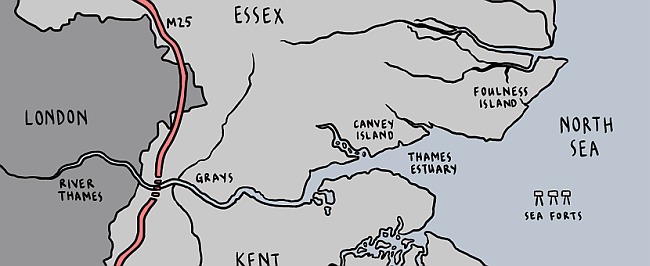 The transformation of Avery Hill Publishing from enthusiastic proponents of the DIY culture of self-publishing to one of the UK’s leading boutique publishers is, of course, no secret to anybody who has been observing the UK small press scene over the last couple of years. That’s why they were nominated as Best Publisher in the 2014 Broken Frontier Awards after all. But in 2014 in particular, with the addition of some true stalwarts of indie comics like Gareth Brookes, Steve Tillotson, Julia Scheele and Simon Moreton to their ranks – alongside up-and-coming talent in the shape of creators EdieOP, Gill Hatcher and Alex Potts – AHP have evolved into a micropublisher that serve as an object lesson in building your (eclectic) brand for any would-be champions of SP work out there.
The transformation of Avery Hill Publishing from enthusiastic proponents of the DIY culture of self-publishing to one of the UK’s leading boutique publishers is, of course, no secret to anybody who has been observing the UK small press scene over the last couple of years. That’s why they were nominated as Best Publisher in the 2014 Broken Frontier Awards after all. But in 2014 in particular, with the addition of some true stalwarts of indie comics like Gareth Brookes, Steve Tillotson, Julia Scheele and Simon Moreton to their ranks – alongside up-and-coming talent in the shape of creators EdieOP, Gill Hatcher and Alex Potts – AHP have evolved into a micropublisher that serve as an object lesson in building your (eclectic) brand for any would-be champions of SP work out there.
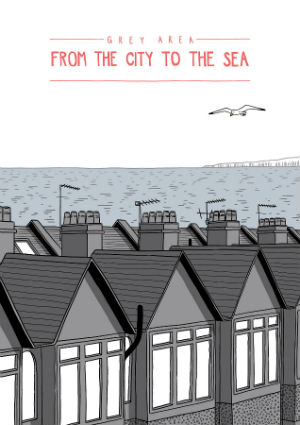 Among all the exciting new directions that the South London outfit have taken over the last twelve months, though, some things have remained a welcome constant. One of those is the steadfast presence of long-time Avery Hill contributor Tim Bird in the ranks of their creative family. Bird’s art makes up 50% of the second volume of the publisher’s four-feature anthology title Reads, and he also contributed Infrastructure to the AHArts side of their operation this year. But for aficionados of his work the most exciting development in 2014 was the news of a third issue of Grey Area, continuing Bird’s ruminations on landscape and architecture and their intersections with the worlds of memory and personal history.
Among all the exciting new directions that the South London outfit have taken over the last twelve months, though, some things have remained a welcome constant. One of those is the steadfast presence of long-time Avery Hill contributor Tim Bird in the ranks of their creative family. Bird’s art makes up 50% of the second volume of the publisher’s four-feature anthology title Reads, and he also contributed Infrastructure to the AHArts side of their operation this year. But for aficionados of his work the most exciting development in 2014 was the news of a third issue of Grey Area, continuing Bird’s ruminations on landscape and architecture and their intersections with the worlds of memory and personal history.
The first issue of Grey Area (subtitled ‘While the City Sleeps’) was an examination of London at night from a variety of perspectives while the second offering (‘The Old Straight Track’) imbued the motorway network of Great Britain with an almost innate consciousness. In this latest instalment, Grey Area: From the City to the Sea, Bird journeys outwards from London in an easterly direction along the capital’s District Line train service, through the county of Essex and towards the North Sea; urban sprawl devolving into wide, open, untameable wilderness along the way until landscape disappears into a watery, near spiritual, abyss.
It seems almost too easy perhaps, too facile even, to describe Bird’s psychogeographical ponderings as poetic, and yet at the same time there’s an inescapable validity to that categorisation. In From the City to the Sea Bird, with knowing irony, portrays the ever growing concrete and metal structures of London as something approaching a developing organism whose boundaries are forever and inexorably increasing. And yet there’s a peculiar symbiosis here between the man-made and the natural worlds – one investing the other with mystical meaning and significance, and both lending definition to the other through the complexities of their relationships with their inhabitants.
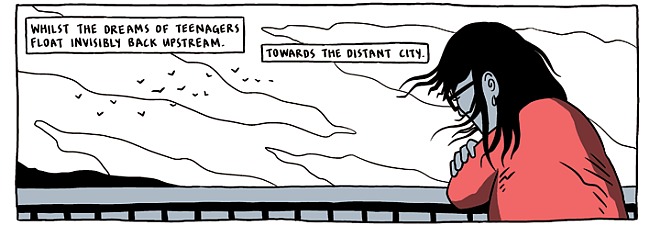 As in previous Grey Areas the presence of past lives – of the fleeting existences caught up in locations across time and space – play a prominent role in adding mood and atmosphere, underlining the transitory nature of human experience when juxtaposed with the relative stability of the physical environs it passes through. Forgotten ancient pathways haunted by the echoing footfall of those who once trod their trails, for example, or centuries of ships travelling down the same unchanging Thames estuary trade routes.
As in previous Grey Areas the presence of past lives – of the fleeting existences caught up in locations across time and space – play a prominent role in adding mood and atmosphere, underlining the transitory nature of human experience when juxtaposed with the relative stability of the physical environs it passes through. Forgotten ancient pathways haunted by the echoing footfall of those who once trod their trails, for example, or centuries of ships travelling down the same unchanging Thames estuary trade routes.
I’ve had positive things to say about both previous editions of Grey Area but From the City to the Sea marks the moment were Bird’s take on what we now broadly term as landscape comics came to match the power of anything that Simon Moreton and Oliver East – those masters of this form of graphic narrative – have produced. While Bird’s artistic style is obviously far more traditional in terms of presentation than his peers it’s his accomplished use of the structure of the form that impresses here – a fusion of evocative wordplay and imagery that complement each other rather than describe each other. It’s mirrored by the on-page relationship between rhythm of language and panel pacing which results in each separate “chapter” of the book becoming akin to an individual visual stanza of a greater work.
From the oppressive claustrophobia of the cityscape to the emerging freedom of the countryside through to the timeless, unceasing constant of the sea, this third Grey Area is a pensive reminder of how our own personal stories both impact on our environments and yet simultaneously are swallowed up by them, like intangible dreams dissipating through history. It’s Bird’s most striking material to date and an obligatory entry point to his comics for those unfamiliar with his work.
For more on the work of Tim Bird check out his website here. Grey Area: From the City to the Sea is published by Avery Hill Publishing. You can order a copy online here priced £6.00.
For regular updates on all things small press follow Andy Oliver on Twitter here.





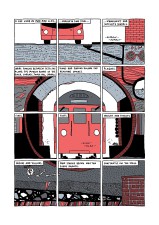
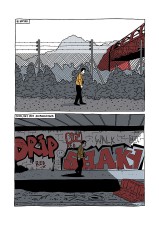
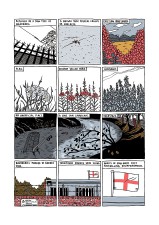
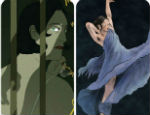
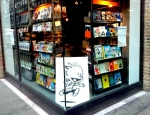
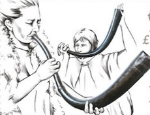
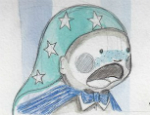
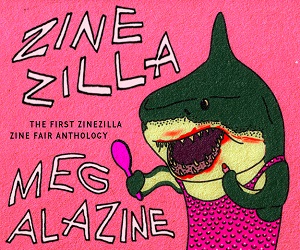





Roll on Issue 4! Tim bird is also a master of colour, particularly greys…I’m a massive fan.
Looks good, i think i’ll get it.